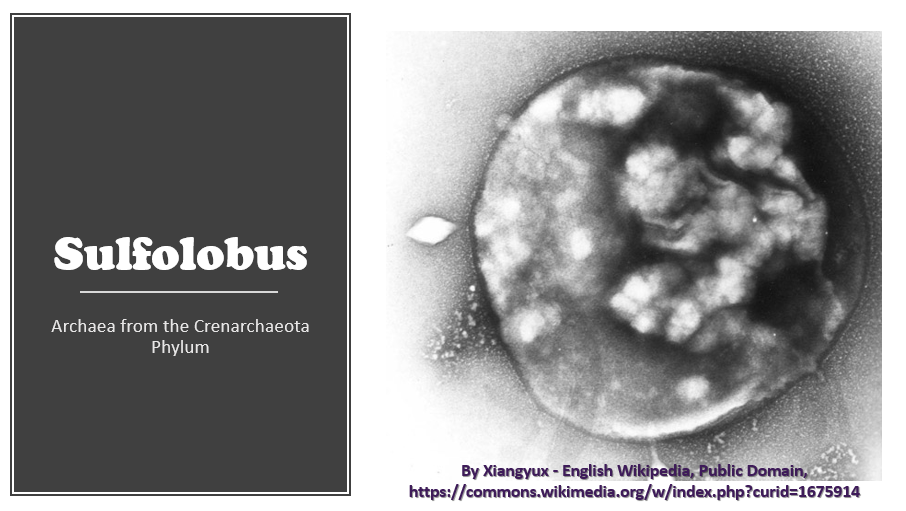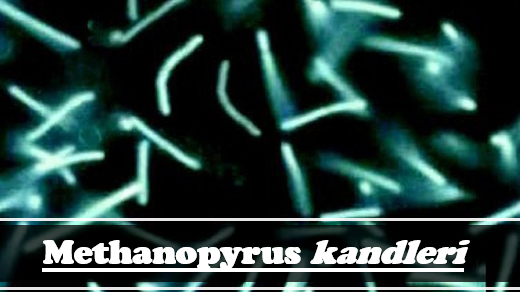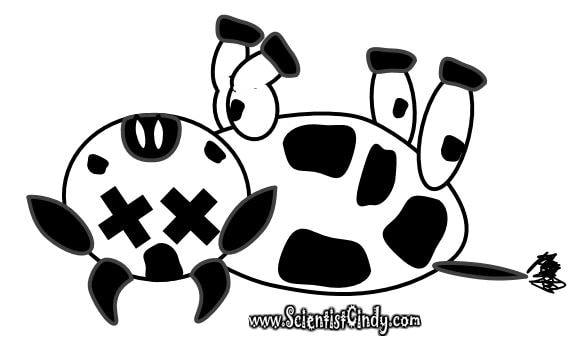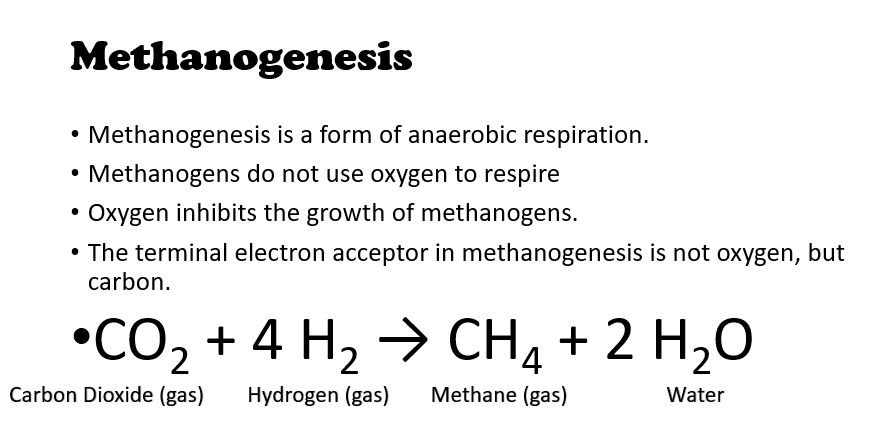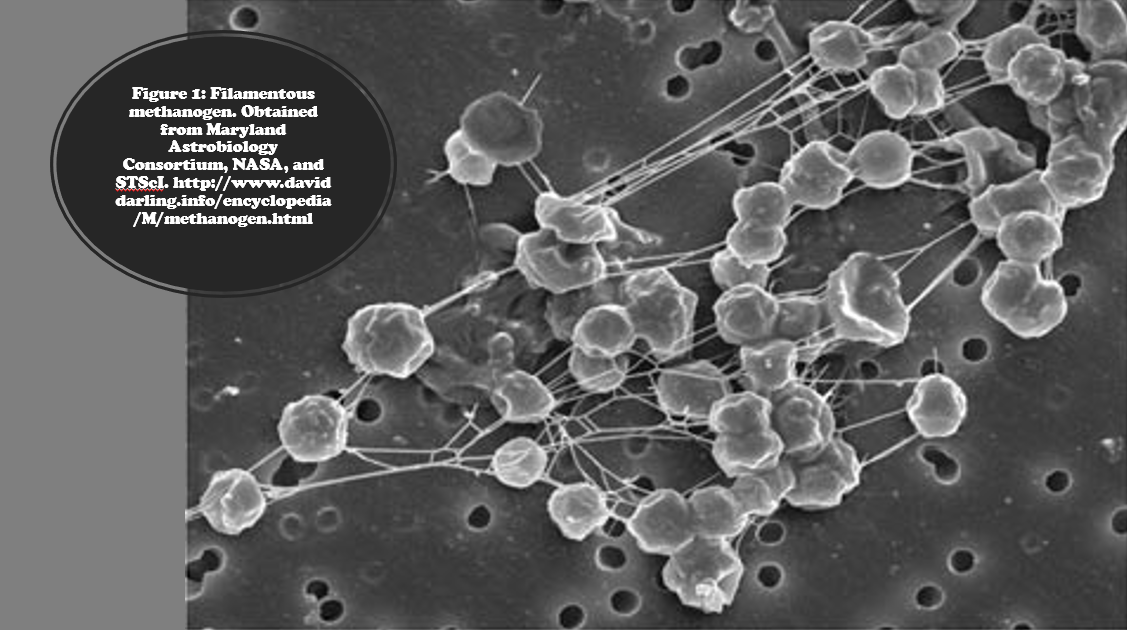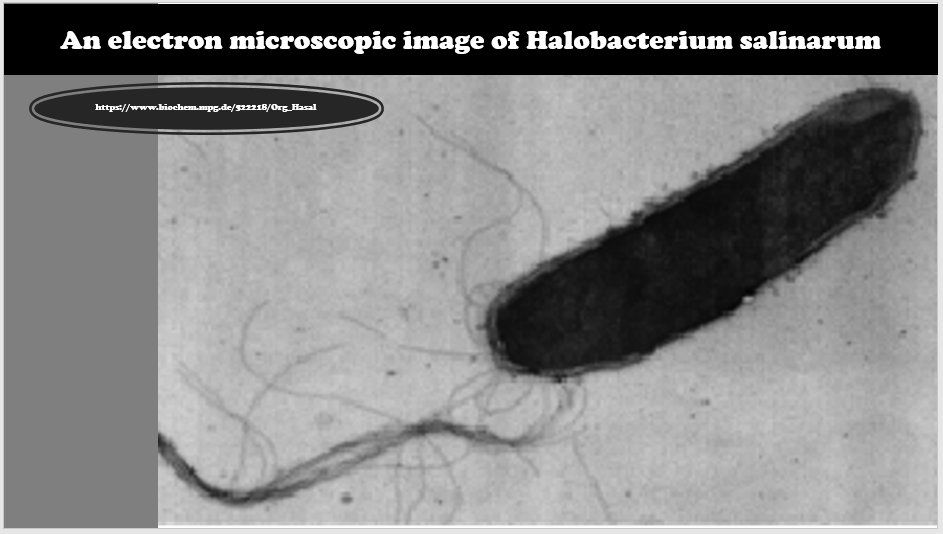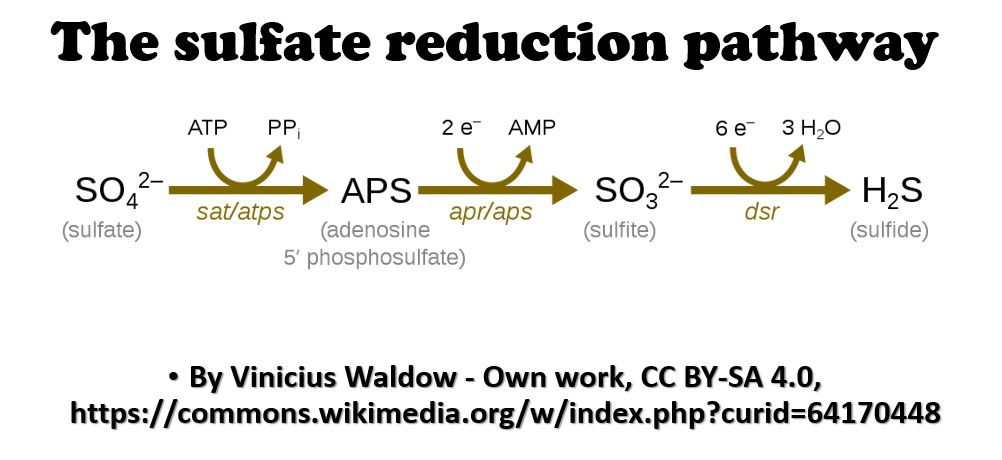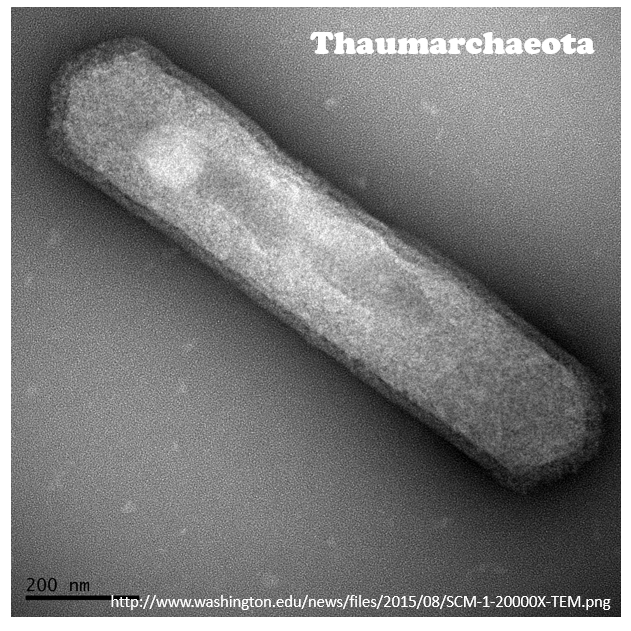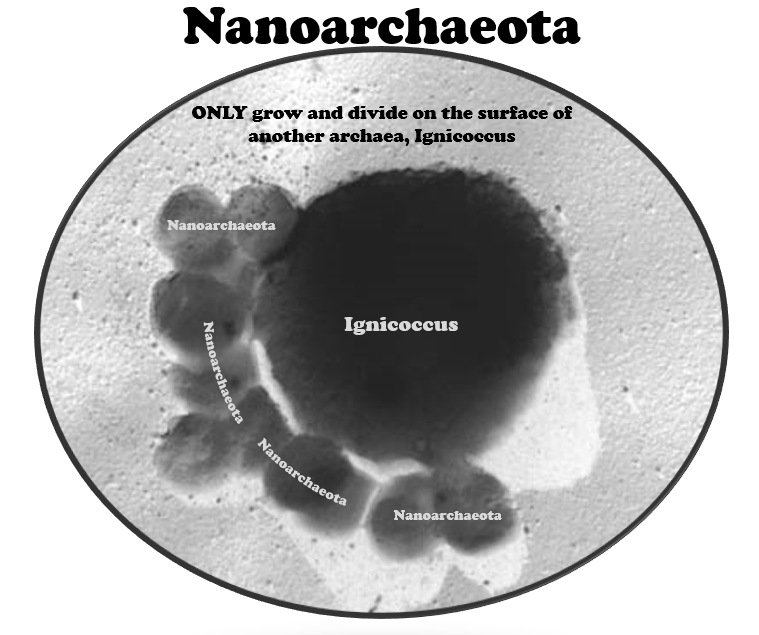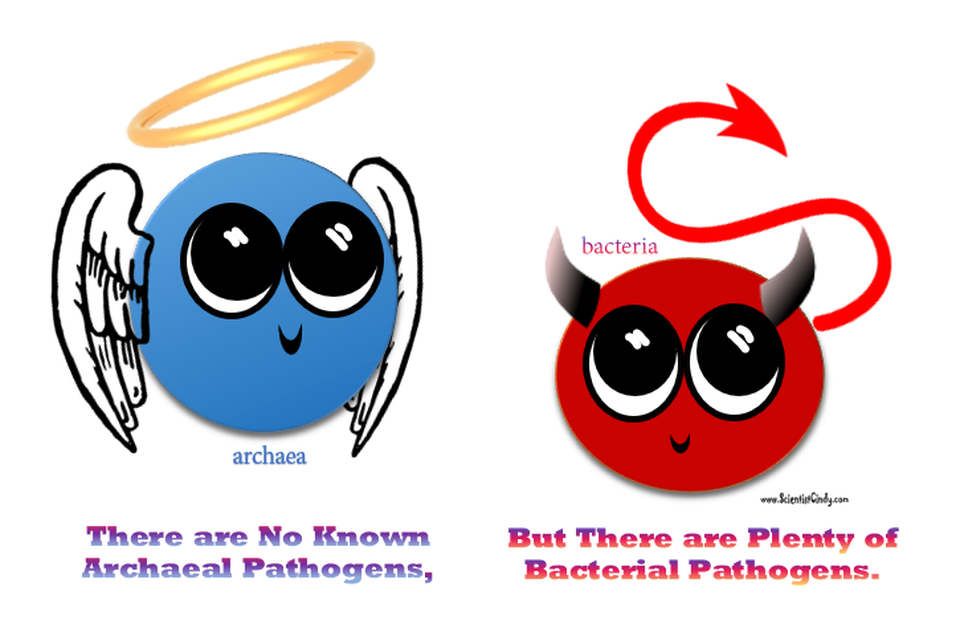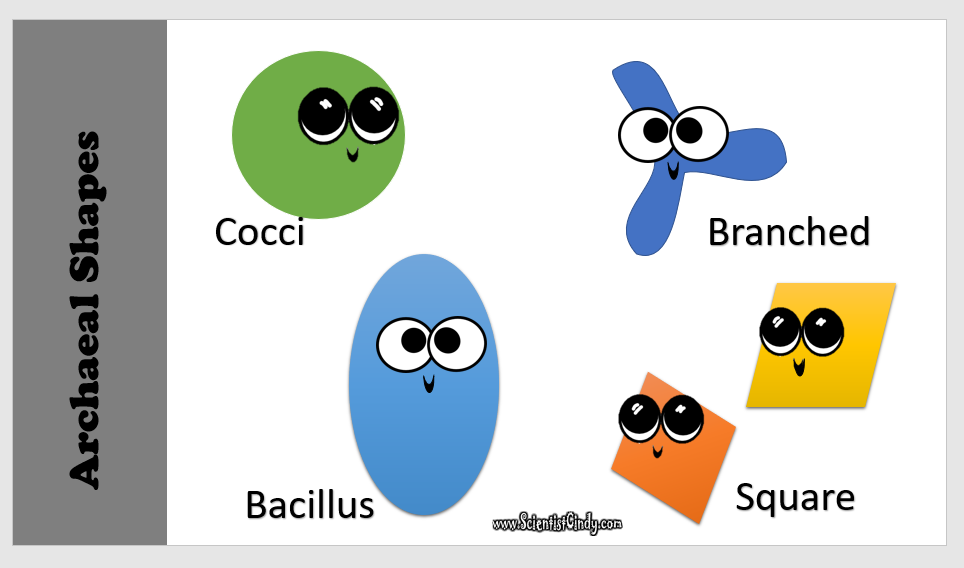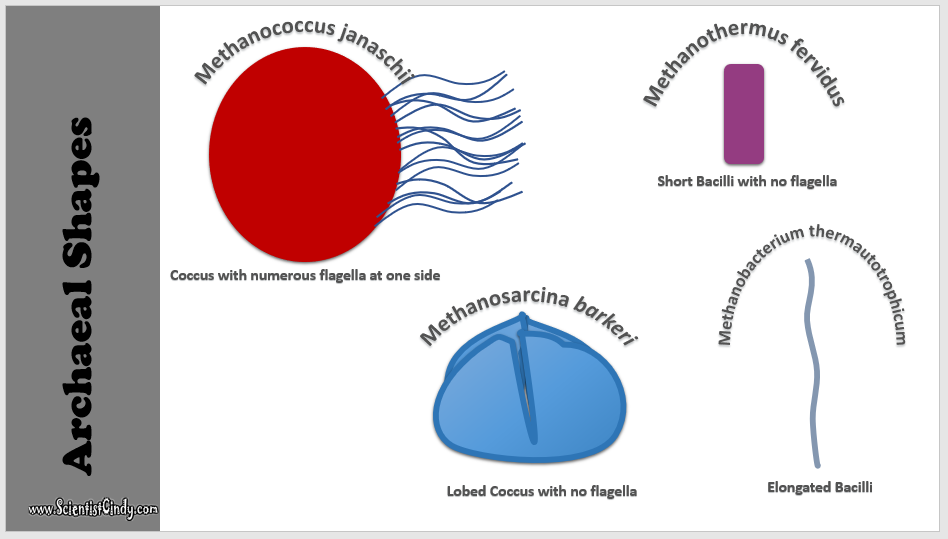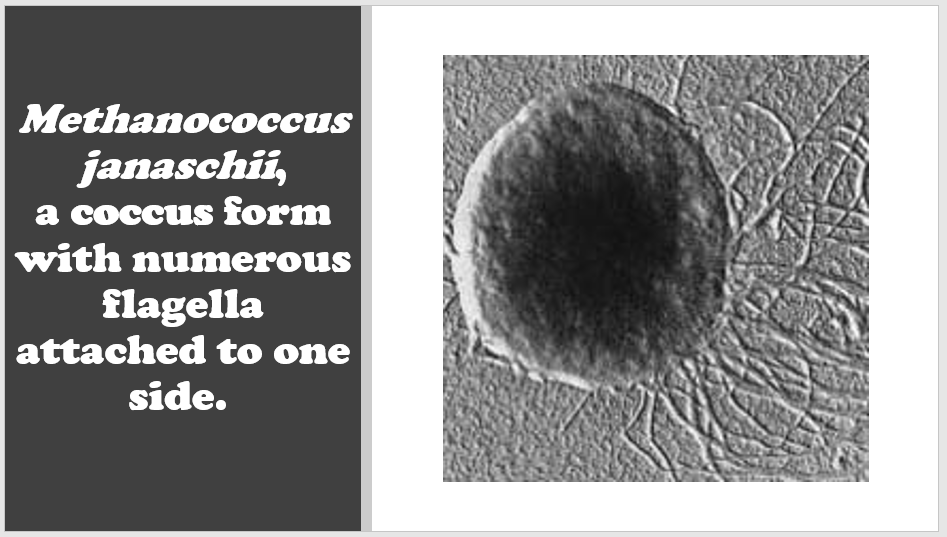CLASSIFICATION FIVE PHYLUMS
1. Crenarchaeota
2. Euryarchaeota
3. Korarchaeota
4. Thuamarchaeota
5. Nanoarchaeota
1) CRENARCHEOTA
|
• The name Crenarchaeota means “scalloped archaea.” they are often irregular or somewhat "scallop-shaped".
•All crenarchaeotes synthesize a distinctive tetraether lipid, called crenarchaeol. This phylum includes
|
2) Euryarchaeota
This Phylum of Archaea includes
Methanogens
Halophiles
Thermophilic & Sulfur-reducing archaea
|
methanogens
|
|
|
halophiles
The halophiles are a group archaea from the euryarchaeota phylum that produce requires large concentrations of salt (NaCl) to survive (halo = “salt”; phil = “loving”).
|
Thermophilic & Sulfur-reducing archaea
The euryarchaeota phylum also contains a number of other extremophiles.
The euryarchaeota phylum also contains a number of other extremophiles.
- Thermophiles (require hot water habitats)
- Hyperthermophiles (require extremely hot habitats)
- Thermoacidophiles (required hot acidic habitats)
- Acidophiles (require acidic environment)
- S-dependent metabolism (requires sulfur to survive)
3) Korarchaeota
4) Thuamarchaeota
|
5) Nanoarchaeota
|

